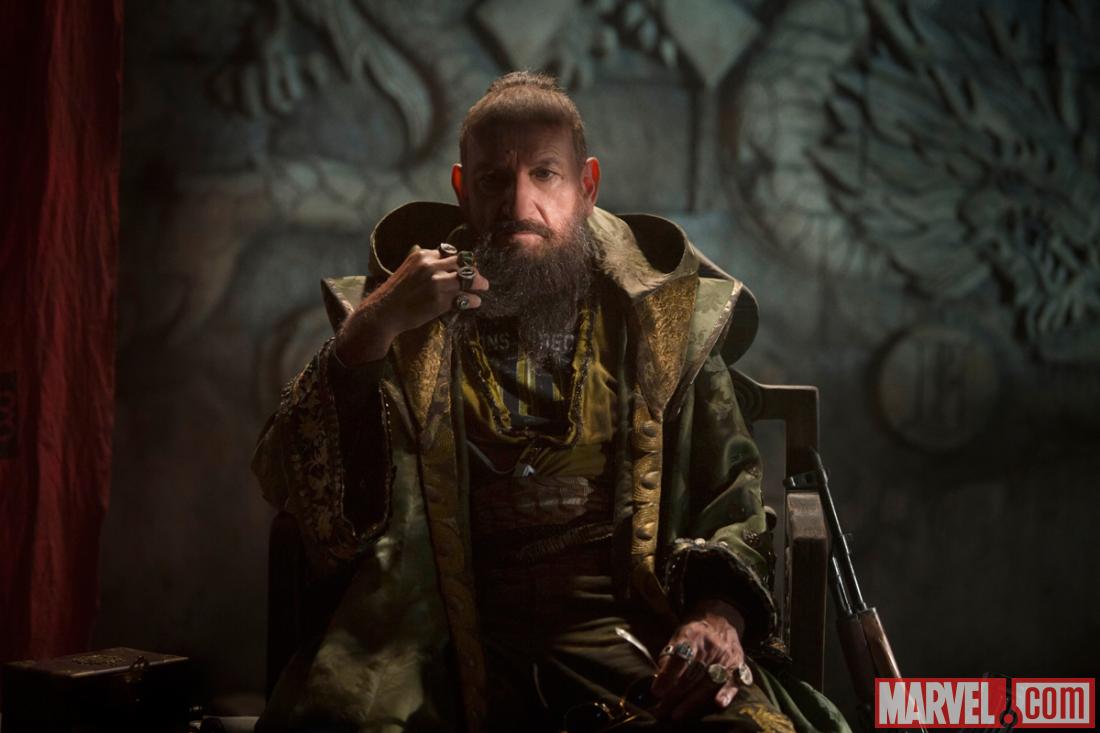
A recent (spoiler-heavy) article over at Den of Geek suggested that Iron Man Three (as the film’s credits dub it) is the most irreverent superhero yet made. It’s true that writer/director Shane Black (famous for his work on such action staples as Lethal Weapon and The Last Boy Scout) brings a freshness to the project that marks it out from the first two Iron Man films as well as other entries in Marvel’s shared cinematic universe, but his revisions to the source material are perhaps not so very radical in an age where page-to-screen alterations have become de rigueur for comic book adaptations. Ultimately, Black’s innovations are both a blessing and a curse for Iron Man Three, but they certainly make for an entertaining watch.
The film finds Tony Stark (Robert Downey Jr.) tormented by an existential crisis following the events of Avengers Assemble, with the mere mention of “New York” enough to cripple him with debilitating anxiety attacks. Struggling to understand his place in this suddenly expanded universe, Stark finds new purpose in taking aim at terrorist leader The Mandarin (Sir Ben Kingsley), when one of the latter’s bombings hits too close to home. But Stark’s arrogance soon proves to be his undoing, and before long he’s out in the cold with no powerful allies and no advanced technology, forced into a situation which harks back to the scrapheap improvisation of the first film. Meanwhile, Stark’s significant other Pepper Potts (Gwyneth Paltrow) is being courted by sinister scientist Aldrich Killian (Guy Pearce), creator of a virus called Extremis which he claims is an “upgrade” that human biology has evolved to accept. As the true nature of Extremis and its connection to the Mandarin is revealed, Stark and his old friend Rhodey (Don Cheadle) are forced to utilise unconventional methods in order to combat the mounting threat.

In interviews prior to the film’s release, Ben Kingsley repeatedly stated that what had sold him on the film was the recurring theme of ‘masks’, and the idea that several characters in Iron Man Three are not quite what they appear to be. This notion of deceptive appearances is indeed central to Kingsley’s Mandarin, a character who for much of the film is shrouded in mystery, but to extend it any further than that would be to credit the movie with more depth than it truly possesses. This isn’t to say that Iron Man Three is a poor film – far from it. The high standards of film-making which we’ve come to expect from Marvel Studios are maintained here, with Downey Jr. and Paltrow giving familiarly strong performances, and newcomers Pearce and Kingsley bringing serious acting clout to memorable roles. The myriad action set pieces are visually stunning and suitably spectacular, while Black’s quip-heavy dialogue brings some welcome levity to what would otherwise be rather solemn proceedings. Unlike the meanderings of the bloated Iron Man 2, the film tells a relatively straightforward story with few diversions, with the emphasis on Tony Stark’s fall and rise bringing the trilogy full circle in thematic terms. Indeed, there’s a sense of finality about Iron Man Three which suggests that now would be a good time for Downey Jr. to hang up the armour, allowing the character a natural ending. Unfortunately, it’s doubtful that Marvel’s multi-movie Avengers masterplan will allow Tony Stark such a respite, and the character is sure to return with or without the involvement of Robert Downey Jr.
Iron Man Three makes for undeniably thrilling entertainment, returning the franchise to the high standards set by 2008’s Iron Man, but is not without its weak points. Rebecca Hall’s Maya Hansen (a significant character in the Extremis comic which serves as the film’s primary source material) is so marginalised as to be almost superfluous, and the plot line about Stark’s recurring anxiety attacks is never fully resolved. These are both issues which might have arisen due to editing constraints, and the latter may even be dealt with in subsequent Avengers films, but both are nonetheless irksome. Arguably the film’s biggest problem, though, is also its greatest strength: Shane Black. His irreverent approach brings a breath of fresh air to Marvel’s established universe, but Black is very much a writer who plays to his strengths. There’s much in the dialogue and character dynamics of Iron Man Three that harks back to his earlier work, such as Lethal Weapon and The Long Kiss Goodnight, and with Tony Stark out of his armour for most of the running time there are large portions of the film that bear little resemblance to superhero cinema. This of course begs the question of what exactly a superhero film should look like, and Black’s irreverence certainly ensures that the Iron Man trilogy doesn’t end on a stale note. But surely a film about superheroes should venerate genre conventions a least a little, otherwise the masks and costumes are just surplus to requirements.
